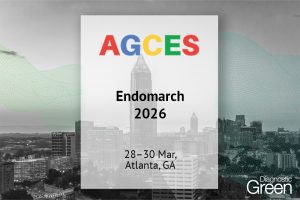Introduction: Use of indocyanine green (ICG) with near-infrared fluorescence (NIRF) has been demonstrated to be an effective tool for intraoperative assessment of bowel and ureteric vascularity. This study aimed to evaluate the impact of ICG on postsurgical outcomes such as anastomotic bowel leak and uretero-enteric stricture formation during robot-assisted cystectomy (RAC) and intracorporeal urinary diversion (ICUD).
Methods: We identified 238 patients who underwent RAC at the University of Louisville between September 2012 and August 2021. Patients were divided into two groups based on the utilization of ICG. Demographic, perioperative outcomes, and rate of anastomotic bowel leak were compared.
Results: In total, 138 patients were in the ICG group and 100 patients were in the non-ICG group. More intracorporeal urinary diversions and more simple cystectomies were observed in the ICG group (p < 0.001 and p = 0.015, respectively). The ICG group patients initiated an oral diet sooner than the control group (4.9 vs. 7.1 days, p < 0.001). The mean length of stay of the ICG group was shorter than the non-ICG group (8.3 vs. 12.8 days, p < 0.001). The rate of postoperative ileus was not significantly different between cohorts. No patients in the ICG group experienced a bowel leak compared with five patients in the non-ICG group (p = 0.008).
Conclusions: In our study, the use of ICG for intraoperative assessment of bowel and ureteric vascularity was associated with earlier bowel recovery and a shorter length of stay. It was also significantly correlated with a lower rate of anastomotic bowel leak.




